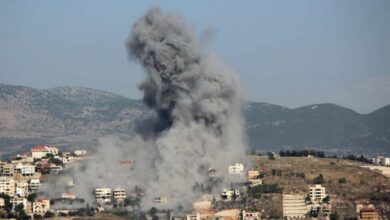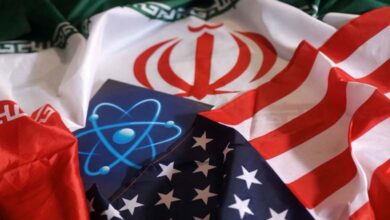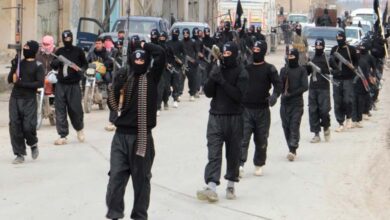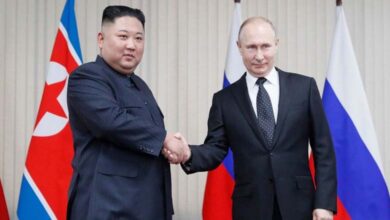Between Caution and Allusion: How Western Media Portray the Muslim Brotherhood

Western cinema continues to project a complex image of the Muslim Brotherhood, at times presenting it as a moderate religious movement and at others as a political force driven by concealed ideological agendas. Although the group is rarely mentioned by name, artistic productions reveal its ideas and figures through symbolic storytelling, highlighting intellectual and behavioral risks, as well as the methods it employs to influence youth and local communities.
-
The Muslim Brotherhood Threatens U.S. Security… a Shocking Article in Newsweek
-
European awakening on the Muslim Brotherhood issue: seven countries on the path to counteraction
According to an article by Khaled Mahmoud published in the Egyptian daily Akhbar al-Youm, the West tends to rely on a mix of caution and innuendo rather than direct confrontation. This approach allows for a veiled critique of the Brotherhood’s ideology, emphasizing the discrepancy between its public rhetoric and its actual conduct, while avoiding political disputes that could spark diplomatic or social tensions.
The article underscores several defining features of the Western treatment of the Brotherhood:
- A focus on symbolic representation: characters and events are depicted in ways that hint at the group’s organizational structure and ideological orientation, while alluding to its strategies of social and political penetration without explicit mention.
- Highlighting contradictions: its religious and charitable activities are framed as a cover that enables the Brotherhood to exert influence over youth and target groups, showcasing its tools of intellectual and societal indoctrination.
- Linking ideology to security concerns: the Brotherhood is presented as a case study in potential radicalization, with emphasis placed on the intellectual and social risks stemming from its discourse.
-
France’s Muslim Brotherhood… warnings over infiltration and calls to address its root causes
-
The Telegraph Exposes the Muslim Brotherhood’s Game in Britain: Moderation in Public, Radicalism in Private
Mahmoud notes that the West has reassessed its policies toward the Brotherhood due to its dual character: a visible social presence coupled with a hidden ideological agenda. This method enables security and cultural institutions to analyze the movement in depth without abandoning neutrality, while monitoring its impact on public opinion and younger generations.
He adds that the Western approach blends caution, restraint, and strategic analysis, treating the Brotherhood as a deferred threat—one that can be understood and managed by studying its social and intellectual networks, as well as its strategies for shaping younger audiences, without necessarily designating it as a terrorist organization.
-
Rising Western Pressure on the Muslim Brotherhood: A Shift in Policies and Approaches
-
How the Muslim Brotherhood Serves Netanyahu Under the Guise of Solidarity with Gaza
The article stresses the West’s strong interest in the psychological and social dimensions of the Brotherhood’s influence, particularly its ability to exploit societal issues to strengthen its symbolic presence. This makes the group a difficult actor to ignore in the public sphere, even if its dangers are not explicitly acknowledged.
In conclusion, the article asserts that Western cinema mirrors the broader Western approach toward the Brotherhood: offering veiled criticism and exposing intellectual and political risks, while carefully avoiding political and legal transgressions. This renders the Brotherhood a constant subject of study and precise analysis in the West, reflecting a balance of caution and strategic awareness.
-
Bin Habresh Overlooks Muslim Brotherhood Terrorism… Hadrami Elite Forces Face a Plot
-
The Muslim Brotherhood in Europe and Youth: A Long Arm with 31 Branches and a Recruitment Strategy
-
The Muslim Brotherhood in Europe and Youth: An Extensive Arm with 31 Branches and a Structured Recruitment Strategy
-
Action Plan in Germany: A New Path to Counter the Muslim Brotherhood
-
Egypt’s Muslim Brotherhood and the Prisons: Rumors Without Keys and Lies That Won’t Overturn Sentences












